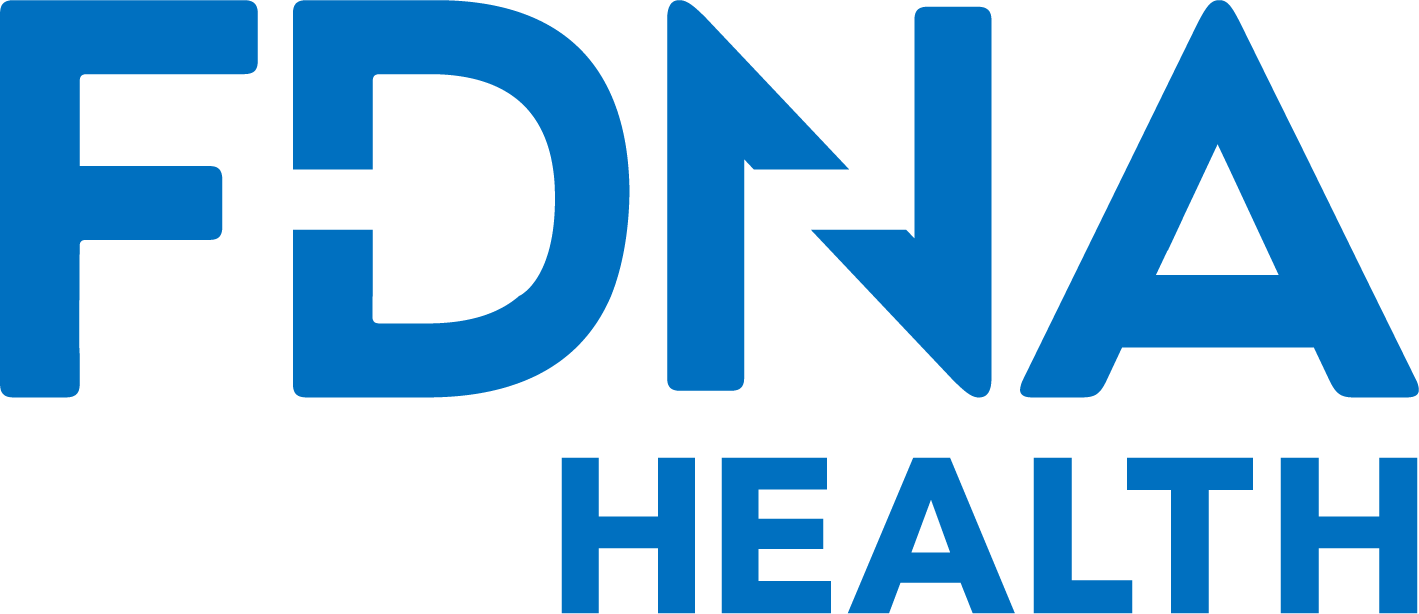What is a Zebra Disease?
Ehlers-Danlos and navigating a complex diagnosis process
In recent years people with Ehlers-Danlos, a rare disease affecting mainly the connective tissue of the body, have adopted the moniker ‘zebras’, to refer to themselves and other individuals with the same diagnosis.
The term is a play on a common phrase taught to medical students during their training – “When you hear the sound of hooves, think horses, not zebras.” The message being, don’t look for the unexpected because more often than not it is the expected. Don’t look for the zebras, i.e. the rare diseases because they are just that, rare.
However with Ehlers-Danlos, a genetic syndrome which is incredibly complex and difficult to diagnose, the opposite is often true. Ehlers-Danlos is one example of the medical zebra, doctors-in-training are taught not to assume is the cause of a patient’s symptoms.
In response to this Ehlers-Danlos patients and their families have co-opted the term zebra, to bring attention to their syndrome and its rare disease symptoms, and to the fact that while rare, the overall prevalence of all types of the syndrome is diagnosed in at least 1 in every 5,000 people.
However some forms of the syndrome are much rarer, occurring in only 1 in every million people, and this creates an issue with awareness and limited knowledge about the symptoms and presentation of these forms of the syndrome.
When it comes to a zebra disease, such as Ehlers-Danlos, awareness is critically important in ensuring that diagnosed individuals receive the right support and care, but also in ensuring an increase in the accuracy of a diagnosis.
Misdiagnosis and delayed diagnosis are real issues with rare disease diagnosis, but especially so with Ehlers-Danlos. An estimated 56% of Ehlers-Danlos patients receive more than one wrong diagnosis before reaching a confirmed one. Some patients can spend ten years in a diagnostic odyssey trying to reach a correct diagnosis.
What makes Ehlers-Danlos a Zebra disease?
As with many genetic syndromes, Ehlers-Danlos is complicated to diagnose for many reasons.
Precise symptoms vary widely between individuals.
While Ehlers-Danlos is known to be a syndrome that affects the connective tissue of the body, and to trigger symptoms such as hypermobility of the joints, susceptibility to bruising due to thin skin, and low muscle tone, these symptoms present differently between individuals with the same diagnosis. This is because there are currently 13 different types of Ehlers-Danlos, each with its own variation of similar symptoms.
Symptoms may vary in their severity.
Some people with Ehlers-Danlos and its related symptoms, who experience symptoms only mildly may manage and cope with their symptoms for years before needing to seek medical attention and care. Or their mild symptoms may be dismissed as not urgent or related to a rare disease cause.
The causes of Ehlers-Danlos are complicated.
To date there are currently 19 recognized gene mutations known to be responsible for causing 12 forms of the syndrome. One form of the syndrome, the hypermobile EDS subtype has no known gene identified with it.
This makes testing for the syndrome complicated and requires the assistance of a specialized and experienced genetic counselor and genetic expert.
Ehlers-Danlos is known to be a collection of hereditary disorders, meaning they are inherited. This makes it easier to diagnose individuals within the same family. But achieving that initial diagnosis is still complicated and difficult.
When it comes to understanding the causes of rare diseases, with Ehlers-Danlos this is more critical in order to ensure an accurate diagnosis.
Improving diagnosis
There are several ways to ensure a more timely and more accurate diagnosis for Ehlers-Danlos rare disease patients.
Greater awareness
This means more funding for research into the causes and symptoms of all types of the syndrome. It means spreading this awareness amongst medical professionals and the general public, in order to empower everyone in terms of identifying the syndrome.
Access to Genetic Counseling
Access to an experienced genetic counselor can help ensure a faster and more accurate diagnosis for EDS. It means access to more targeted genetic testing, and it means support, both medical and emotional, for patients waiting for a diagnosis.







